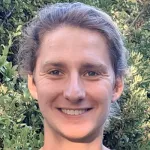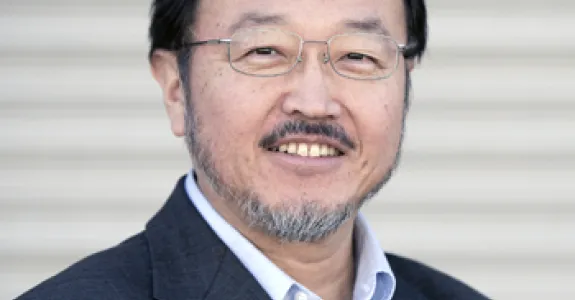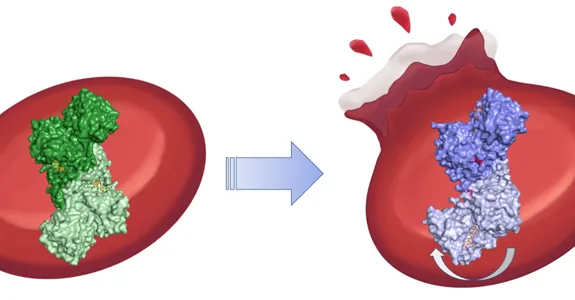
Dr. Soichi Wakatsuki is a Professor of Photon Science at the SLAC National Accelerator Laboratory where he recently initiated the Biociences Division, and Professor of Structural Biology, Stanford School of Medicine. He received his B.S and M.S. degrees in Chemical Engineering from University of Tokyo, and his Ph.D. degree in Chemistry from Stanford University in 1991. After postdoctoral studies on time-resolved x-ray crystallography of enzyme reactions in Oxford (1990 to 1994), he moved to Grenoble, France in 1994 to work at the European Synchrotron Radiation Facility (ESRF) where he led Joint Structural Biology Group to develop high-brilliance x-ray crystallography beamlines and instruments, as well as several structural biology projects on protein transport. In 2000, Soichi moved back to Japan to start a new Structural Biology Research Center at KEK (High Energy Accelerator Research Organization), Tsukuba, Japan, and later served as Director of Photon Factory (national synchrotron radiation facility) from 2006 to 2012. There he further developed x-ray beamlines and a large scale protein crystallization system, led initiatives to start three national projects on structural proteomics. Fascinated by new research opportunities in integrative bioimaging at Stanford and the world’s first hard x-ray free electron laser (XFEL) at SLAC, Soichi returned to Stanford in 2013. Soichi’s research interests include structural biology of post-translational modification and vesicle transport, structural biology of polyubiquitin recognition, synchrotron radiation and XFEL instrumentation, protein crystallography and small angle X-ray scattering, integrative multi-scale bioimaging.
The Wakatsuki Laboratory investigates atomic, molecular, and cellular interactions of proteins and their complexes involved in post-translational modifications, membrane trafficking, signal transduction and metabolic pathways. We use a variety of structural biology methods such as x-ray crystallography, small angle x-ray scattering, and electron and optical microscopy. While continuing our original targets such as vesicle transport, ubiquitination and polyubiquitin recognition, as well as structure-based drug design, we are expanding our interests to environmental and biogeochemical microorganisms, for example, enzyme-driven nitrogen cycling by ammonia-oxidizing archaea. At the same time, we are pursuing development of new imaging methods using x-ray, electron and photon beams and aim to integrate these different modalities to understand these complex biological phenomena.
As a part of the new Biosciences Division at SLAC National Accelerator Laboratory, our group is involved in a number of new projects and initiatives. These include a new experimental station called Macromolecular Femtosecond Crystallography (MFX) at LCLS, the world’s first hard x-ray free electron laser as well as new modes of XFEL beams for experimental phasing and time-resolved crystallography. We are also involved in the installation of Stanford’s 300 keV cryo-electron microscope (cryoEM) instrument, an FEI Titan Krios, at SLAC and new Stanford/SLAC cryoEM initiatives. Additionally, we are pursuing high-throughput protein crystallization systems and developing biology programs at SLAC’s ultrafast electron diffraction facility.




